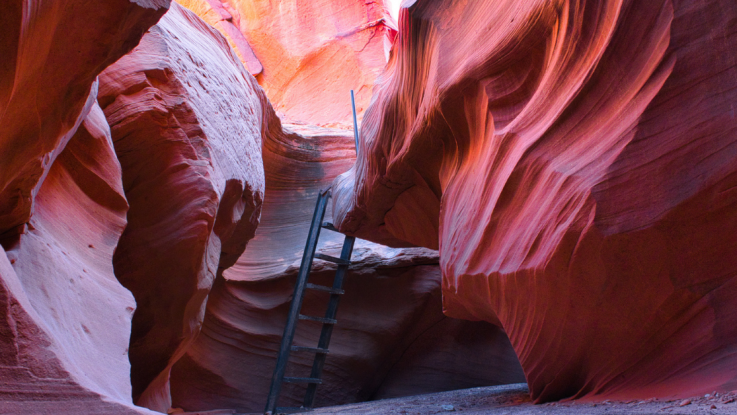
After a great summer in North Dakota, we left the Garrison Dam National Fish Hatchery shortly after Labor Day and spent three months on the road to get to our winter quarters in Florida. We had many national parks on our bucket list, and in retrospect, we liked especially those parks that were not on every traveler’s itinerary, and we enjoyed finding quiet places at top-ranked destinations. This is why I would like to share with you the “Off The Beaten Path” locations of our journey.
Fort Union near the upper Missouri River was one of our first stops. It was a major trading post from 1828 through 1867. The Assiniboine and six other Northern Plains tribes exchanged buffalo robes and other smaller furs for goods from around the world. It was a peaceful place and earned its name with honor.

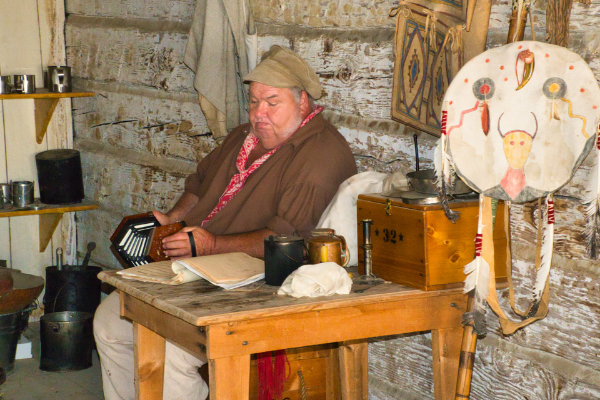
Fort Buford was our next stop. It was built in 1866 near the confluence of the Missouri and Yellowstone rivers and became a major supply depot for military field operations. The fort is probably best remembered as the place where famous Sioux leader Sitting Bull surrendered in 1881.
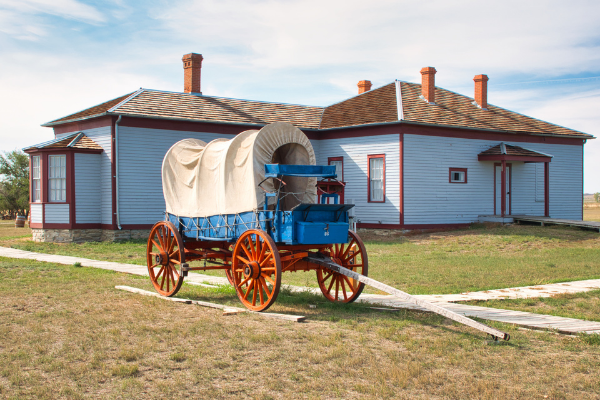
Crossing over into Montana, we checked in at a U.S. Army Corps of Engineers campground downstream from the Fort Peck Dam. The two generator buildings look like Manhattan skyscrapers and house the surge tanks. The dam, generator buildings, and spillway are a marvel of engineering. The Fort Peck Interpretive Center was a great place to learn more about the area’s wildlife and the construction of the dam.
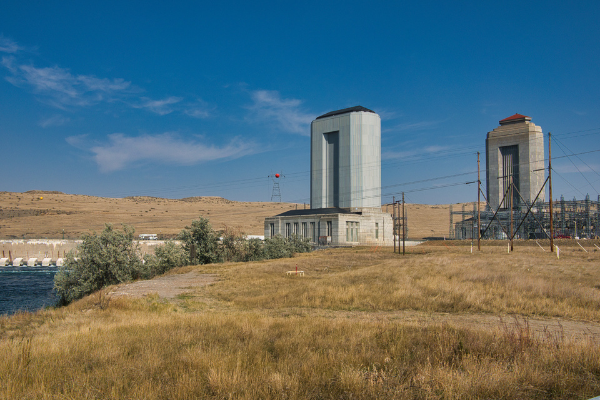
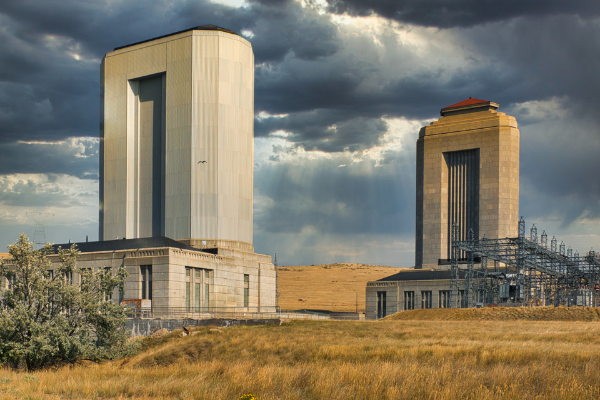
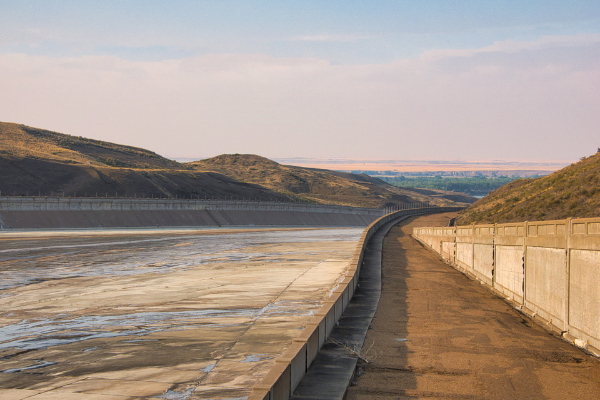
Fort Benton is one of the oldest settlements in Montana, and it claims that it is the birthplace of the state. Old town still shows the grandeur of this city along the Missouri River. It was worth it to walk along Main Street to the Lewis and Clark Memorial.
Grand Teton is one of the well-visited national parks. To get off the beaten path, we decided to head up Signal Mountain and take a detour to Mormon Row. The pictured barn is most likely one of the most photographed outbuildings in the park. Grand Teton said good-bye to us with frost and snow-covered peaks. “Grand” is the only word to describe it.
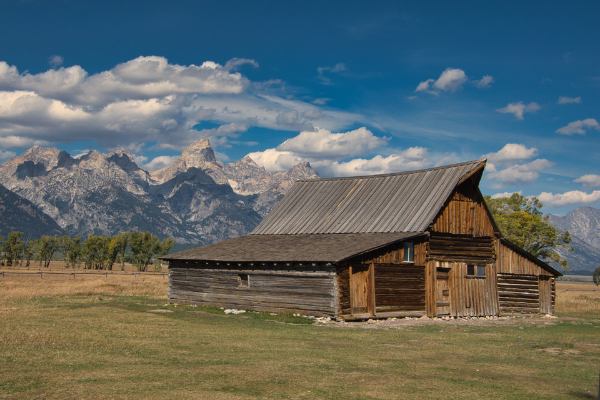
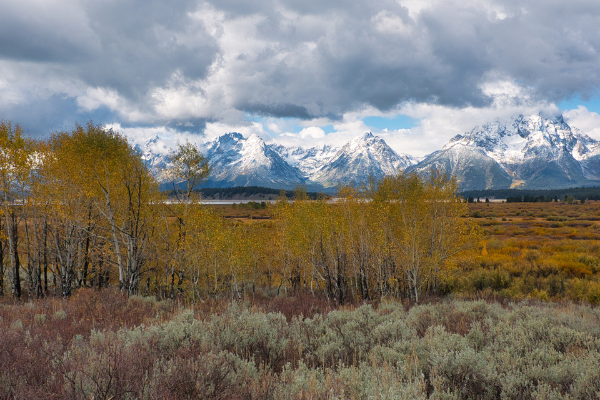
On our way farther south, we stopped in Dubois, Wyoming, to see dear friends. Dubois is a small, quaint town and has a lovely main street. Our “local guide” hiked with us and brought us to petroglyphs along the trail to a small waterfall.
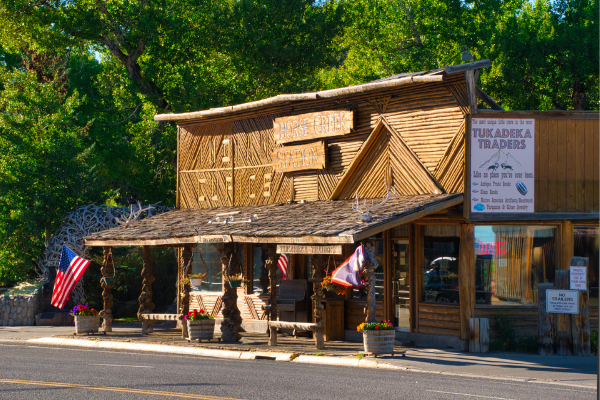
After crossing the Rocky Mountain National Park, we stayed at a campground overlooking Lake Granby. The hike around Monarch Lake was picturesque and relaxing. While going back into the busy park the next day, we found a quiet oasis in the Endovalley. As an extra bonus, we were serenaded by a local who was playing the harp in the middle of nowhere. The rushing stream of the Fall River behind her added to the solitude of this place.
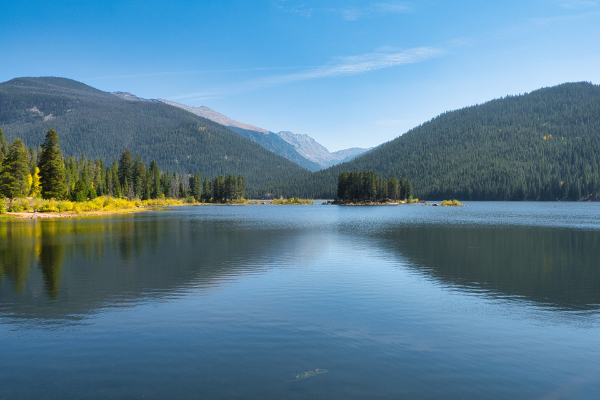
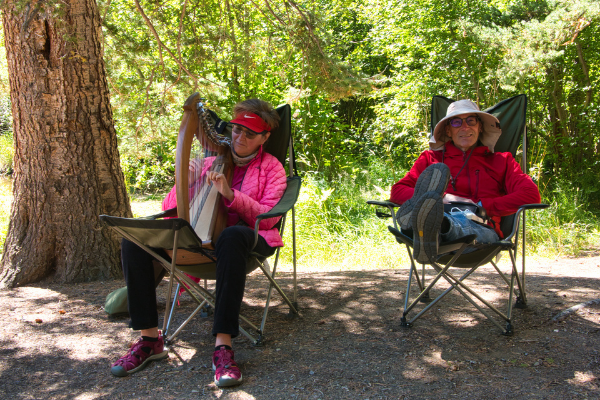
Can you imagine a canyon that is so deep that sunlight never touches the bottom? The Black Canyon of the Gunnison is one of these geological wonders. There are many overlooks along the park’s main road, and we were “awed” by each of them. The rocks look like marble and create contemporary images. What a place!
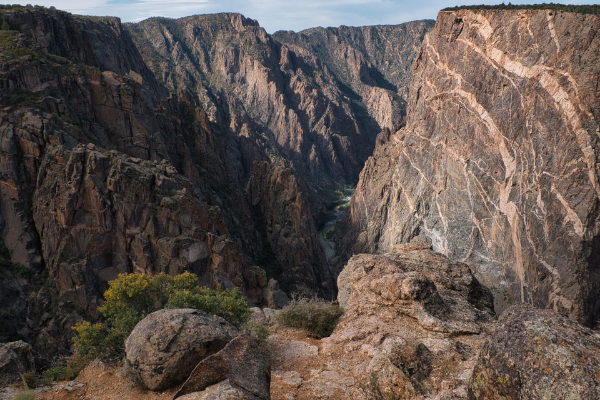
Mesa Verde was our next stop heading south. Mesa Verde stands for “Green Table,” and it was the richness of the soil that brought the Pueblo Indians to this area. Our trail went down to the Long House, and we were just mystified by the more than 750-year-old site perched under the overhang of rocks. The Step House was another yet smaller dwelling we were able to visit, and it was an astonishing site as well. What a great day to spend our wedding anniversary.
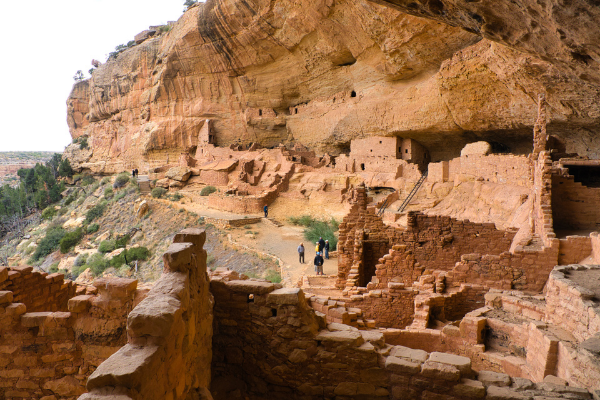
The Otter Creek Campground was one of our basecamps to experience parts of Utah. Bryce was our first day trip. It is overwhelmingly beautiful, busy even off season, and not dog friendly. Yet, we enjoyed the day of endless red rock formations.
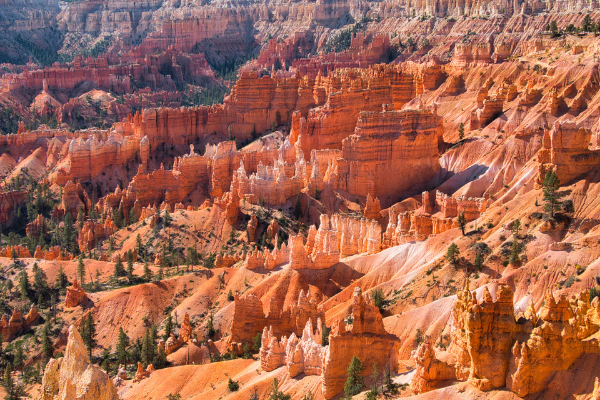
Capital Reef National Park was next on our list, and we looked again for off-the-beaten-path places. The schoolhouse of the early Mormon settlers was one of them. Strolling along the boardwalk with the petroglyph panels created by the Fremont people was another highlight.

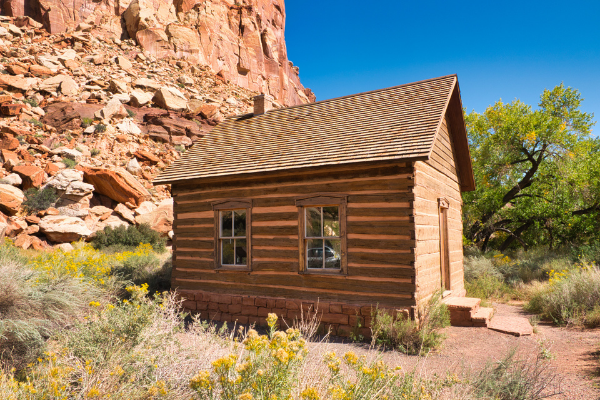
Kodachrome Basin State Park is surrounded by the Grand Staircase Escalante National Monument. It got its name from a National Geographic Society expedition in 1948. The hues and beauty found here prompted the crew to name it after the popular color film.
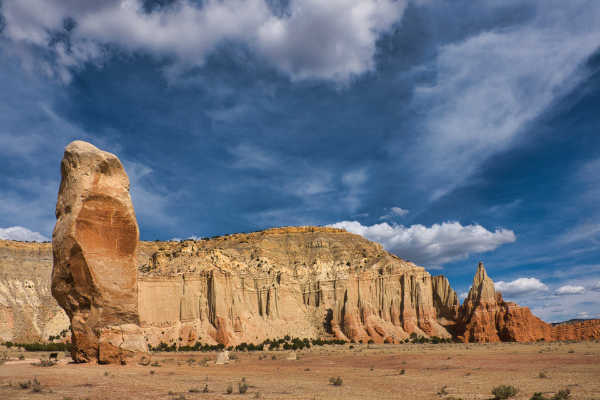
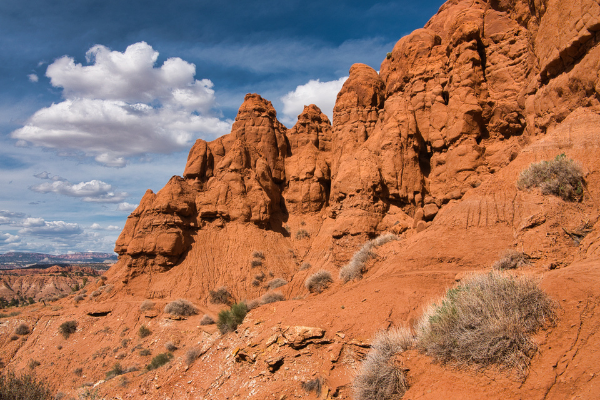
The Red Canyon is located within the Dixie National Forrest. The uniquely vermilion colored rock formations and the Ponderosa pines make the canyon an exceptionally scenic area. On top, it is not crowded and is dog friendly. There are plenty of trails, and the views are remarkable.
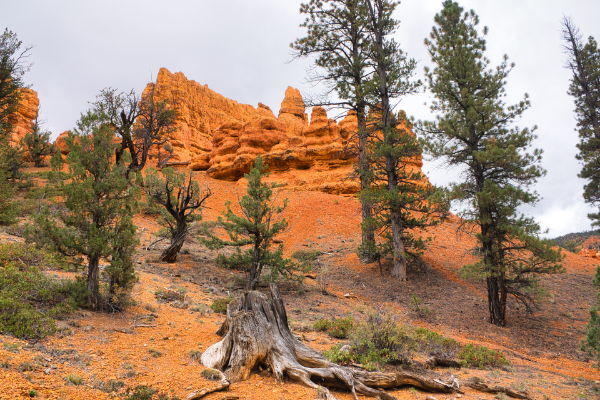
On one of our day trips from Otter Creek, we came across Butch Cassidy’s boyhood home along Country Road 89, which triggered us to stream the movie in the evening.
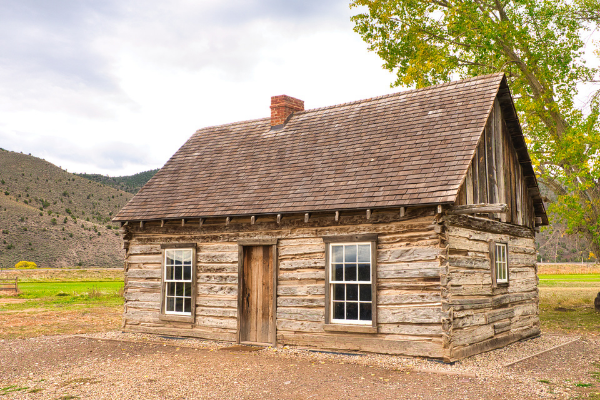
Our next base camp was Coral Pink Sand Dunes Campground. It is a paradise for ATV fans. For us, it was a great place to encounter a new region and to get the first signs of winter.


Zion is a busy place, and we would like to come again off season. However, even in the busiest national parks you can find places of solitude, like The Patriarchs overlook and the trail to the Emerald Pools.
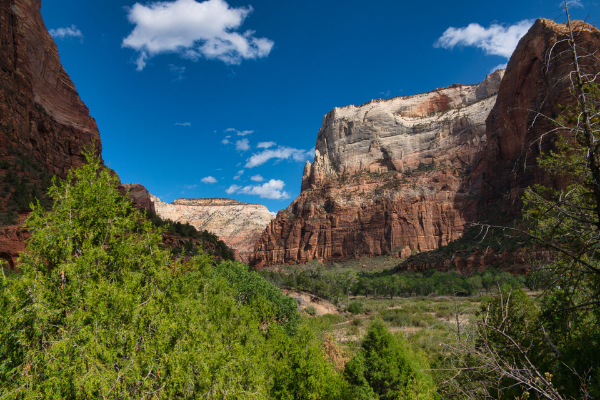
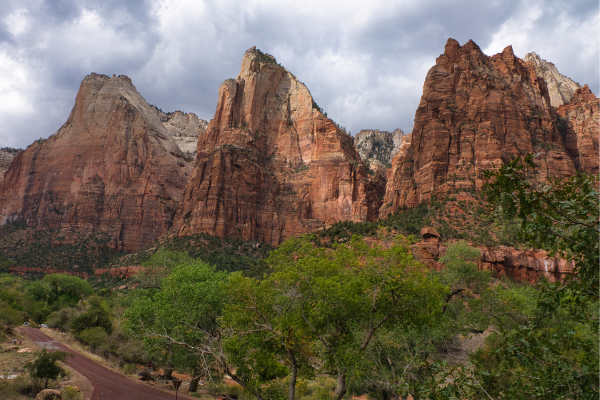
From Coral Pink we headed south into Arizona to get to the North Rim of the Grand Canyon. Wonderful fall shades greeted us along the way. To beat the crowd, we were told to go up to Cape Royal, and we were glad we did. Many overlooks offered stunning views, and we counted probably 10 cars on our way up.
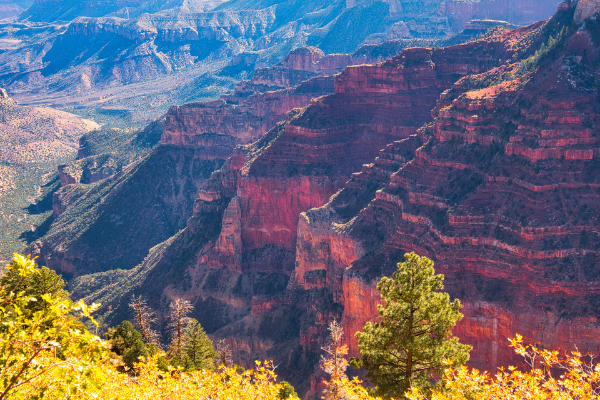
Water Holes Canyon was one of the highlights of our trip. It is located just a few miles south of Page. The canyon is a symphony of red, brown, yellow, and ocher. The lines and curves are breathtaking, and the hike is pure fun. It is impossible for the camera to capture the beauty of one of the most magnificent places we have seen so far.
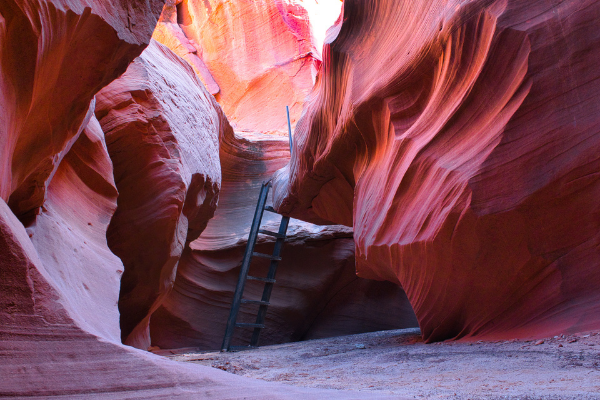
The Museum of Ancient History and the Moqui Caves were on our way from the campground to Kanab. The original owner started it as a museum, yet since it did not attract enough people to make money, he decided to make a bar out of it. After the bar crowd got too rowdy, the next-generation owner brought it back to be a museum, yet the bar is still there.

Homolovi State Park was our first overnight stop in Arizona and is located just north of Winslow. With seven ruin sites scattered with broken pottery, petroglyphs, kivas, and traditional pit houses, this place just invites you to become a novice archaeologist. The area is still a cultural hub for the Hopi community.
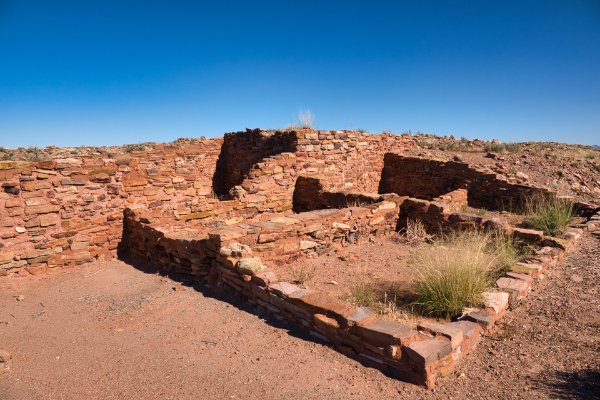
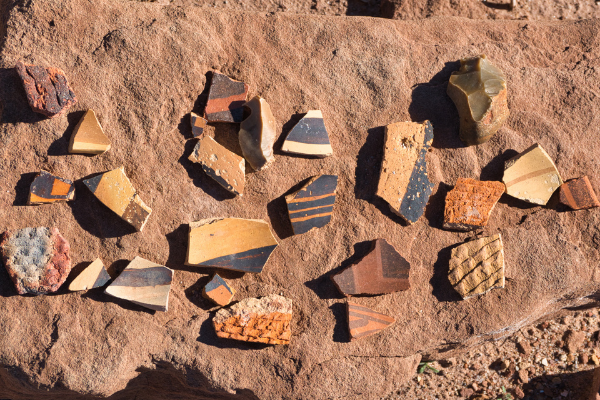
By the way, a stop in Winslow was a must for us and we enjoyed the downtown area and good food at a local brewery.
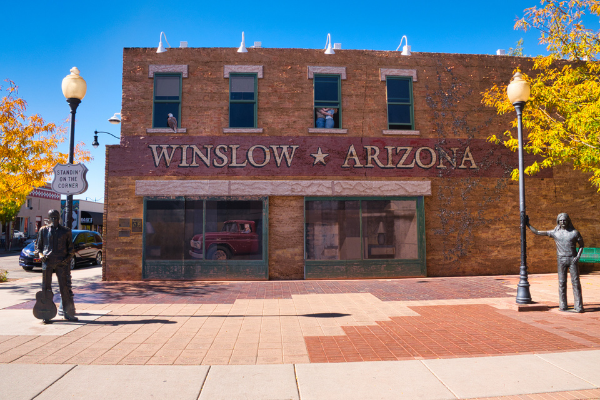
Phoenix, Arizona, has a lot to offer. We were lucky that our local host recommended that we visit the Musical Instrument Museum. We could have spent days there and still would not have seen all. The architecture is stunning, and the exhibits range from ancient instruments to original guitars of famous musicians (such as Jimi Hendrix). A place that is fun, educates, and is for all ages.
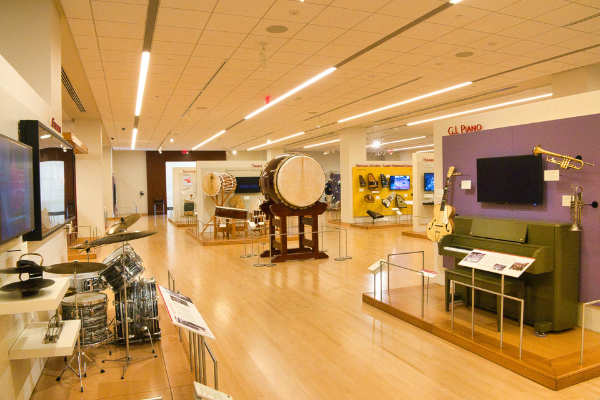
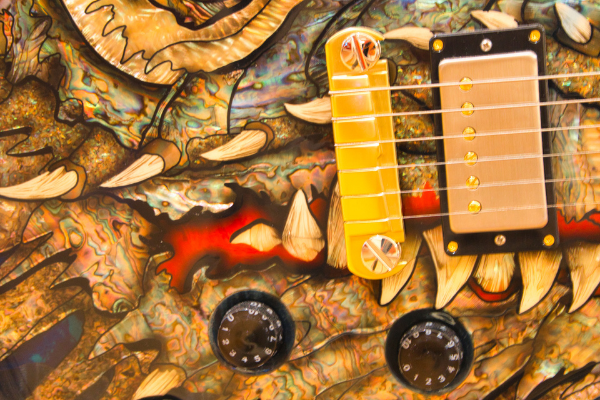
While staying at an RV resort near Holbrook, Arizona, we visited the Petrified Forest National Park. It is a land of scenic wonders and contains one of the world’s largest concentrations of petrified wood, multicolored badlands, portions of the Painted Desert, and historic structures.
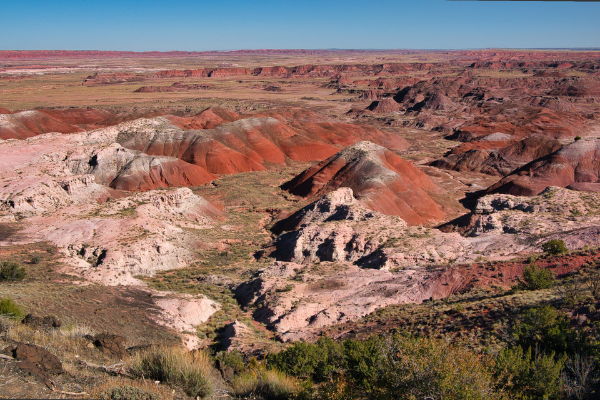
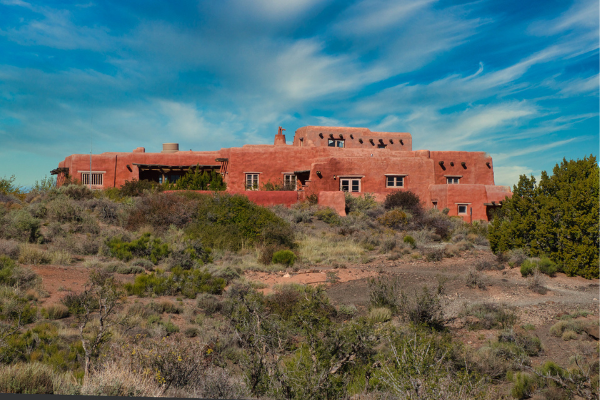

A weathered Studebaker automobile is a landmark and is placed at the Old Route 66 near the crossing of Interstate 40.
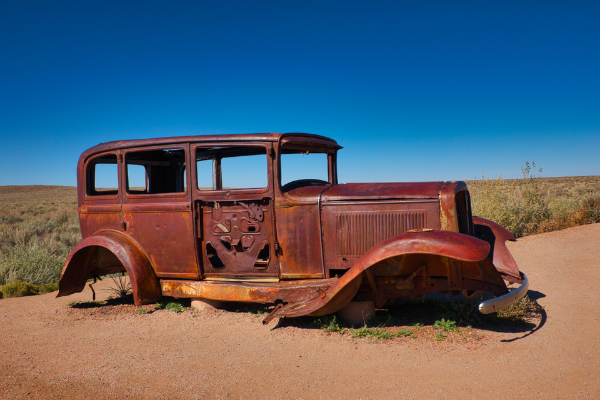
On the way back to the campground, we stopped in Holbrook at the Wigwam Motel. What a place to stay while traveling along Route 66.

Heading farther west we enjoyed the not-so-much-traveled areas of Galveston. We went along the Tree Sculptures self-guided tour. The sculptures are made out of trees that died from the salt water spilled into the city by Hurricane Ike in 2008. Magnificently restored homes are the backdrop for these unique pieces of art.
We are great fans of Harvest Hosts and are always surprised by the uncommon places to stay. Houmas House and Gardens near Darrow, Louisiana, was no exception. This plantation is also called the “Sugar Palace” and offered a view into Southern living at its best. The gardens were gorgeous, the buildings were grandiose, and the food was superb.
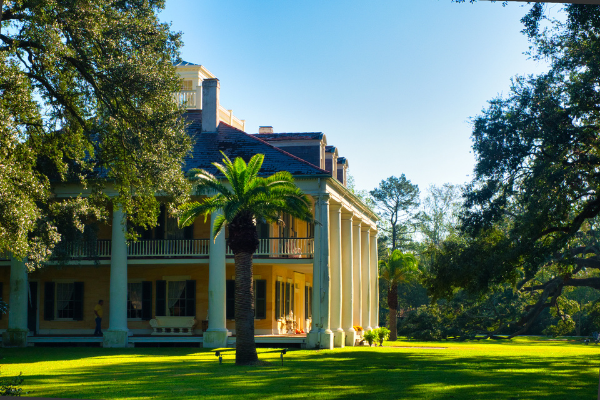
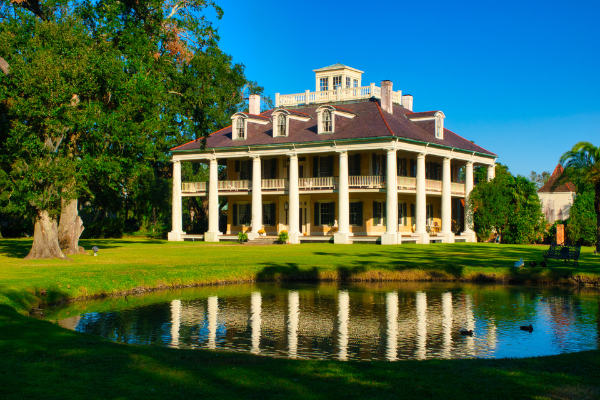
West Point Lake, Georgia, was an optimal choice to explore the area, and visiting the Little White House near Warm Springs opened a window into Franklin D. Roosevelt’s fulfilled life.
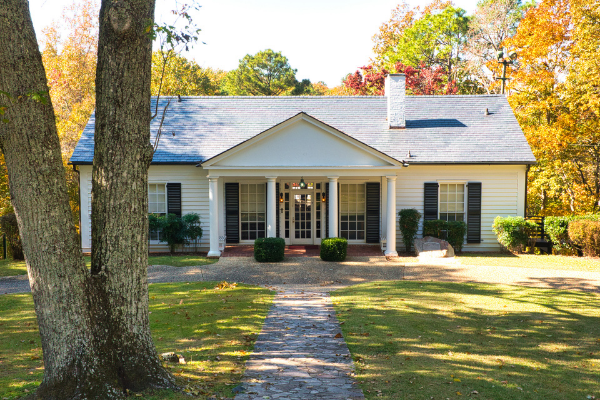
Callaway Gardens, nestled into the southern foothills of the Appalachian Mountains, is a place to relax, to be active, and to just take in the beauty of nature. The visit to the butterfly center completed our excellent experience.

General Coffee State Park in the southern part of Georgia was a superb place to relax after an amazing three months on the road. Quiet nature trails allowed us to reflect on our journey, the wondrous places we had seen, and the new friends we had made. The historic farm and small lake invited us just to slow down.
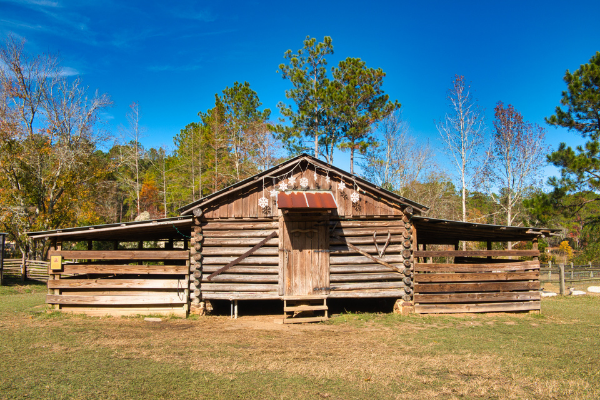
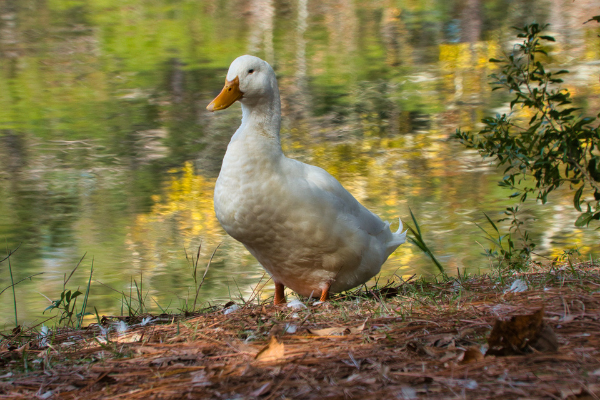
Driving through the gate of the Fort Clinch State Park felt like coming home after a long and phenomenal 2021. We are looking forward to reconnecting with friends and to call this place home for a few months.

|
Author Bio- Helmut Albrecht Mark Twain once said, “Twenty years from now you will be more disappointed by the things you didn’t than by the ones you did do. So, throw off the bowlines, sail away from the safe harbor. Catch the trade winds in your sails. Explore. Dream. Discover. “ In November of 2018 we threw off the bowlines, moved full time into our motorhome (called Loon named after a boat my in laws sailed for many years) and started our journey. I am on this voyage together with the love of my life Peggy and our handsome dog Merlot. After 15 years in the German Air Force I spent most of my career in sales of technical goods. We relocated in 2001 from Germany to the United States of America and I am a proud American citizen since January of 2010. From childhood on (I had my first camera when I was 6 years old), photography was my passion. It is my intention to capture the big picture as much as the details. To tell a story with my camera and to see things differently. Our travels allow me to create storybooks about places and people, which I share at www.inthewakeofloon.com and as a guest blogger for FMCA. I hope at the end of our journey I can say what Benjamin Disraeli once said: “Like all great travelers, I have seen more than I remember, and remember more than I have seen.” |
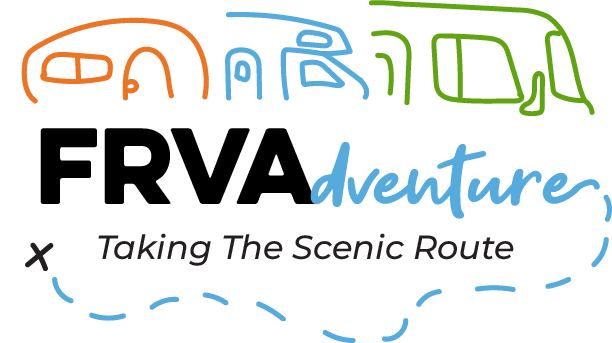

Thanks for your great trip guide. I’m a North Dakotan by birth, visit family every summer, and in AZ in the winter. I am always looking for interesting stops along the many different routes I take, so thank you!
As always, a great article and story from Helmut and Peggy’s adventures. Proud to call them friends and glad they’re hone.